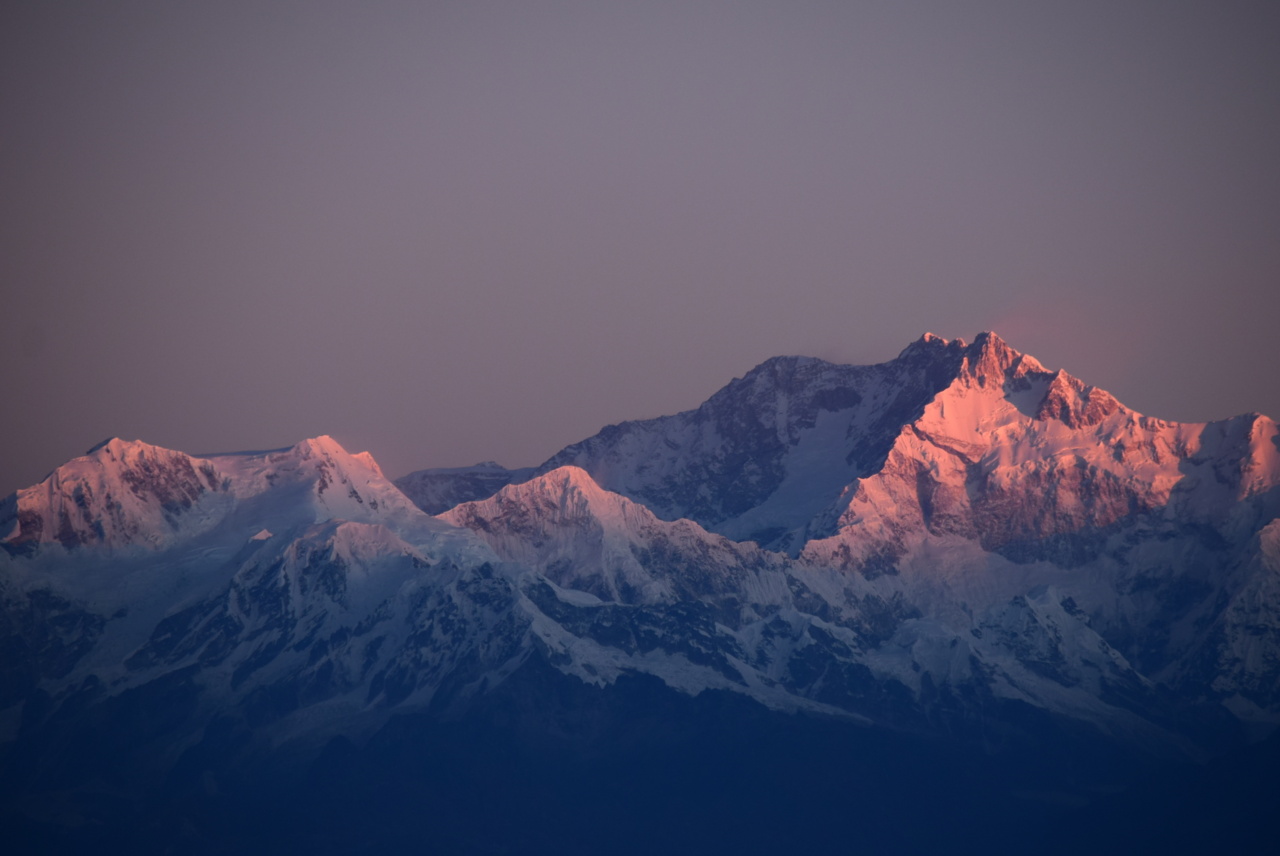When it comes to altitude and food, one thing is certain: the higher you climb, the weirder your meal can get. At higher altitudes, the air pressure is much lower than at sea level, which leads to changes in the way you perceive flavors and textures.
Even the way you prepare and store food can be affected by the altitude.
Effects of Altitude on Food
Here are some of the ways that altitude can affect your lunch:.
1. Changes in Taste
At higher altitudes, the air pressure is much lower than at sea level. This affects the way you taste things. In fact, many people report that flavors are much less intense at high altitudes. High altitude is notorious for dulling the taste buds.
Salt and sugar are flavors which tend to be dulled the most. Fat, salt, and sugar intensify the flavors of food, so it’s not surprising that meals may taste bland. As a result, high-altitude meals often require a little extra seasoning to make up for the diminished flavor.
2. Changes in Texture
The lower air pressure at high altitudes also affects the texture of your food. Cakes, for example, tend to be denser at higher altitudes due to the lower atmospheric pressure.
This phenomenon arises as a result of the leavening agents stimulating rising gases thereby losing effectiveness in the lower pressure at a higher altitude.
3. Cooking Time and Temperature
Cooking time and temperature are also affected by altitude. Food takes longer to cook at higher altitudes due to the lower air pressure. At higher altitudes, the moisture in the food evaporates quickly which allows the food to cook down slower.
This means you may need to adjust cooking times and temperatures for your favorite recipes. Boiling water, for example, takes a lot longer at higher altitudes.
4. Preservation of Food
Altitude can also affect the way you store your food. For example, at high altitudes, bacterial growth may be slowed due to lower atmospheric pressure. This means food might take a little longer to spoil.
It’s good to keep in mind that this does not hinder the growth of fungi and other microorganisms, and unsealed food can develop mold quickly. Given these circumstances, sealing and storing your food correctly is important for it to last even if the time is increased.
5. Preparation of Food
Preparation is also affected by altitude. Due to the aforementioned changes, recipes may not turn out as expected.
For example, baking at high altitudes is a challenge, as baked goods tend to come out too dense, or conversely might refuse to rise at all midway. Pastry often needs to be modified to work under high-altitude conditions in certain regions.
6. Dehydration
The lower air pressure at high altitudes can also lead to dehydration. At higher altitudes, air tends to be drier than lower down which can lead you to feel thirsty and dehydrated quite easily.
It’s vital to drink plenty of water when spending extended hours at higher altitudes, especially if you are going to be active.
7. Loss of Appetite
Lastly, and perhaps more significantly, altitude can lead to a loss of appetite. This can be due to the low air pressure, the change in taste, and the difficulty in absorbing nutrients at high altitude.
The human body may temper hunger cues since eating is difficult and has less immediate value in the thinner air, so it’s important to eat small, frequent meals to keep your energy levels high when adventuring at higher altitudes.
Conclusion
Altitude does have a significant impact on our lunch. It seems everything from cooking to taste are affected when we venture to higher elevations. We need to keep this fact in mind when preparing, storing, and consuming our food at higher altitudes.
With some adjustments, we can continue to enjoy delicious and nutritious meals, even while adventuring at great heights.






















